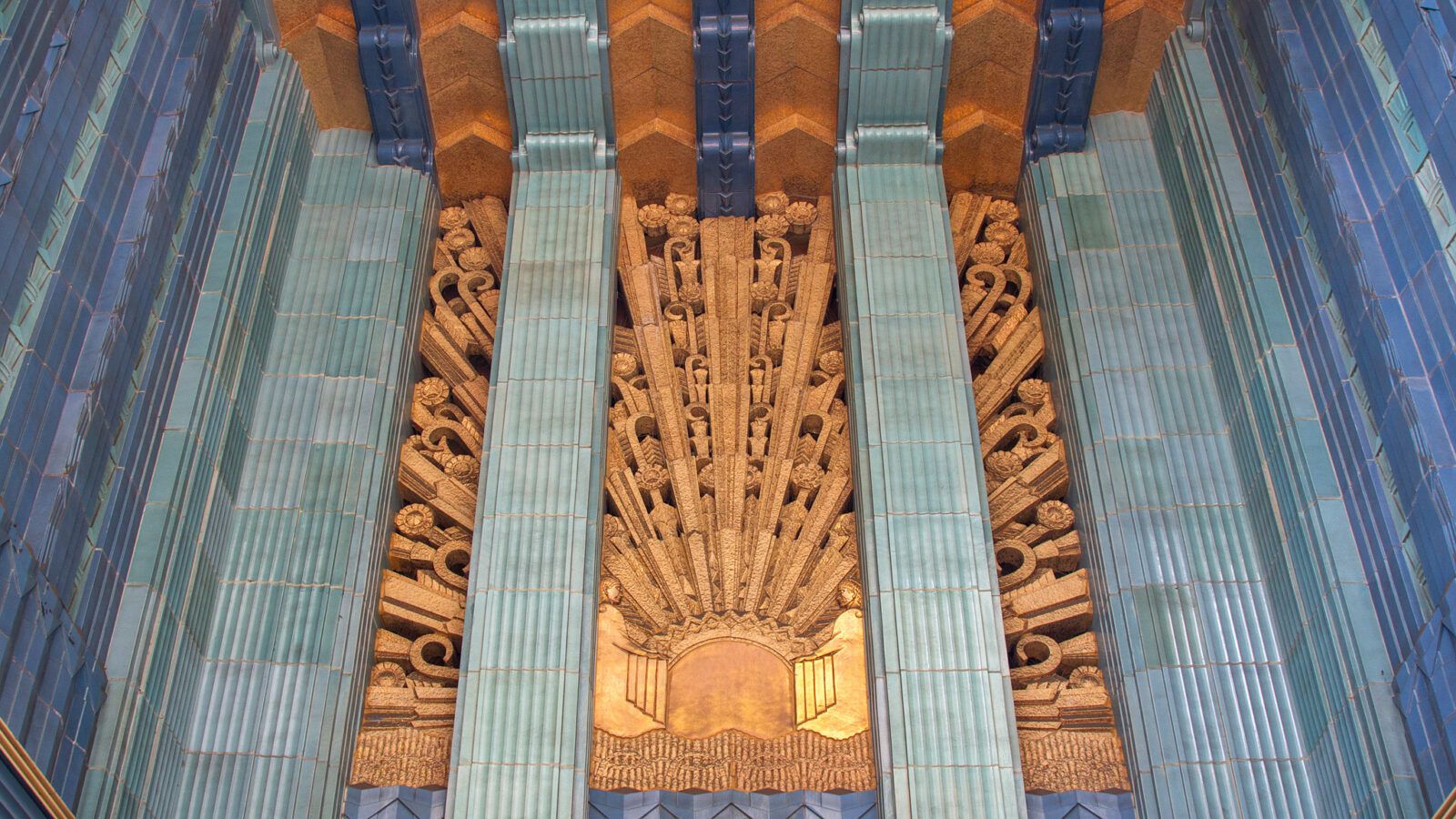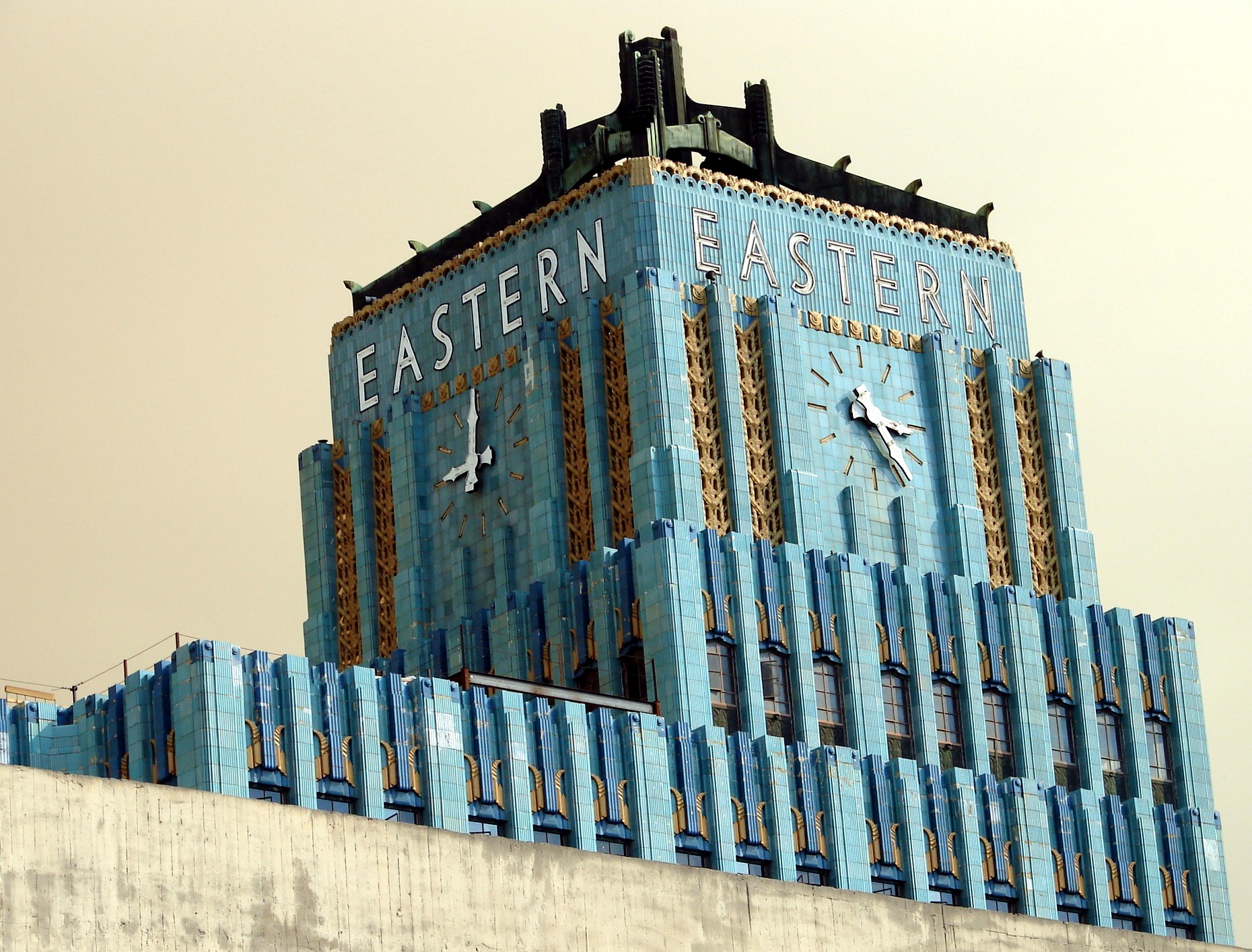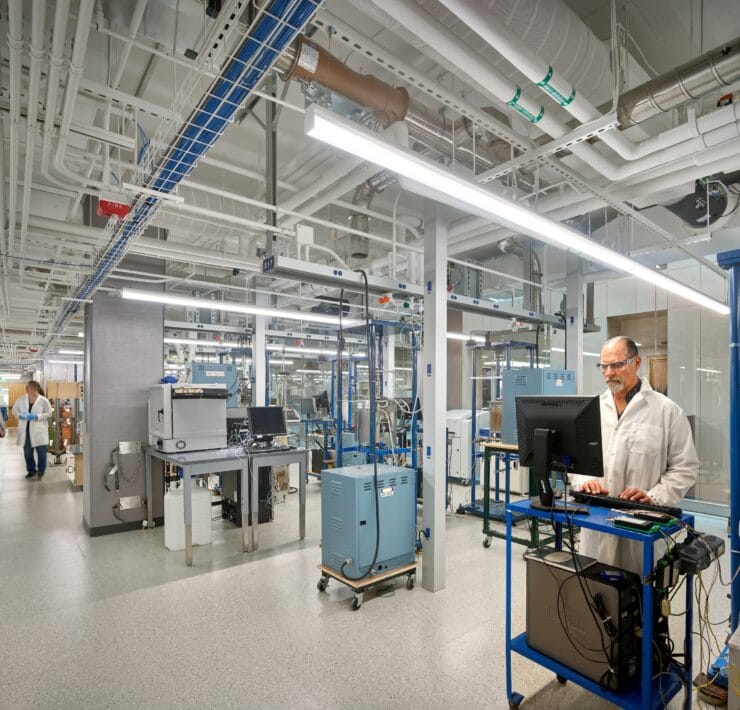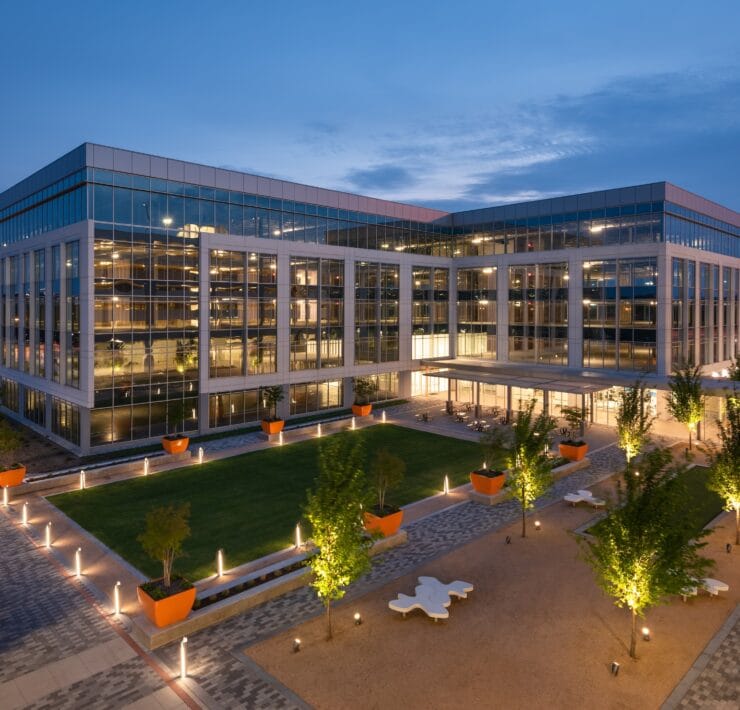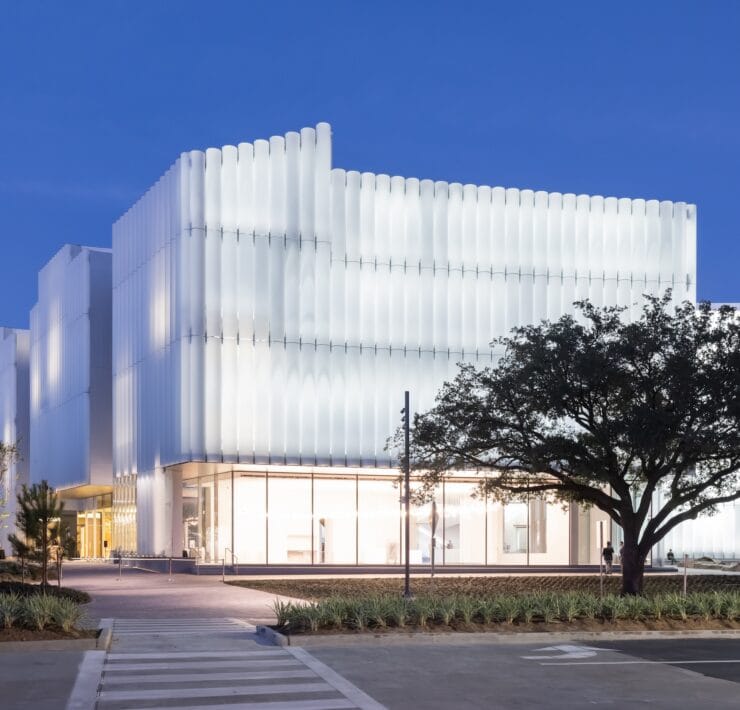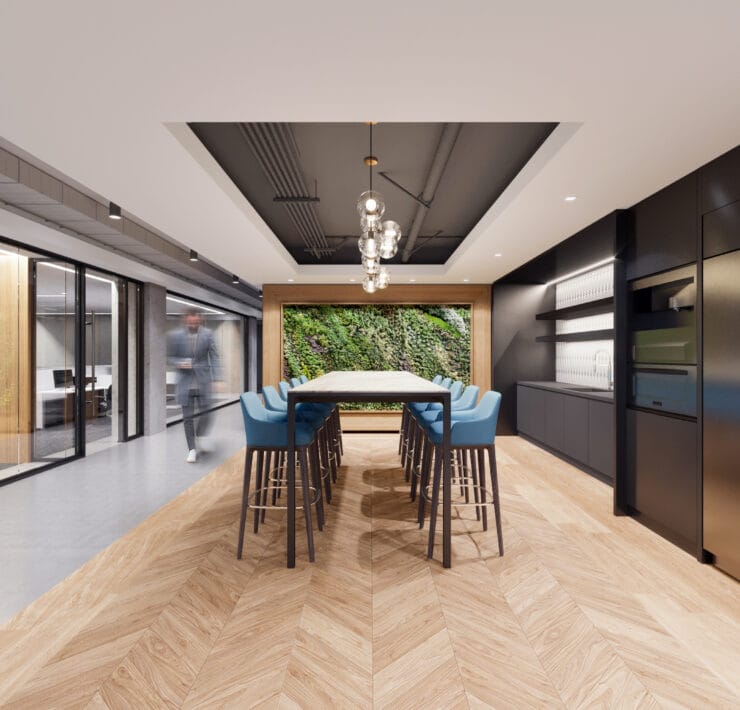Art Deco, which precedes the mid-20th century rise and prevalence of modern architecture and contemporary design has had an indelible impact on American culture—and it can be relatively simple to implement in contemporary design.
Consider its history including these iconic Art Deco buildings:
- The Chrysler Building in Manhattan
- LA’s Bullocks Wilshire Building in Koreatown
- The Eastern Columbia Building in Los Angeles
- Griffith Park Observatory in Hollywood
- Carbide and Carbon Building in Chicago
- The RCA building in New York City’s Rockefeller Center
- The Wiltern on LA’s Wilshire Boulevard
- The Pantages on Hollywood Boulevard

The Eastern Columbia Building in Los Angeles
Note that LA’s Wiltern and Pantages theaters, both constructed between 1929 and 1931, combine natural themes, such as clouds, on front curtains with angular geometric sunbursts on ceilings and highly stylized murals—all in vibrant colors. Louisiana’s state Capitol in Baton Rouge, according to Carla Breeze in her book American Art Deco: Architecture and Regionalism (W.W. Norton and Company, 2003), takes this theme a step further, incorporating into its exterior entrance Lorado Taft’s sculpture “of an allegorical Spirit of Adventure who is surrounded by [explorers] De Soto and La Salle, a Franciscan friar, Native Americans, a frontiersman and an American colonist.”
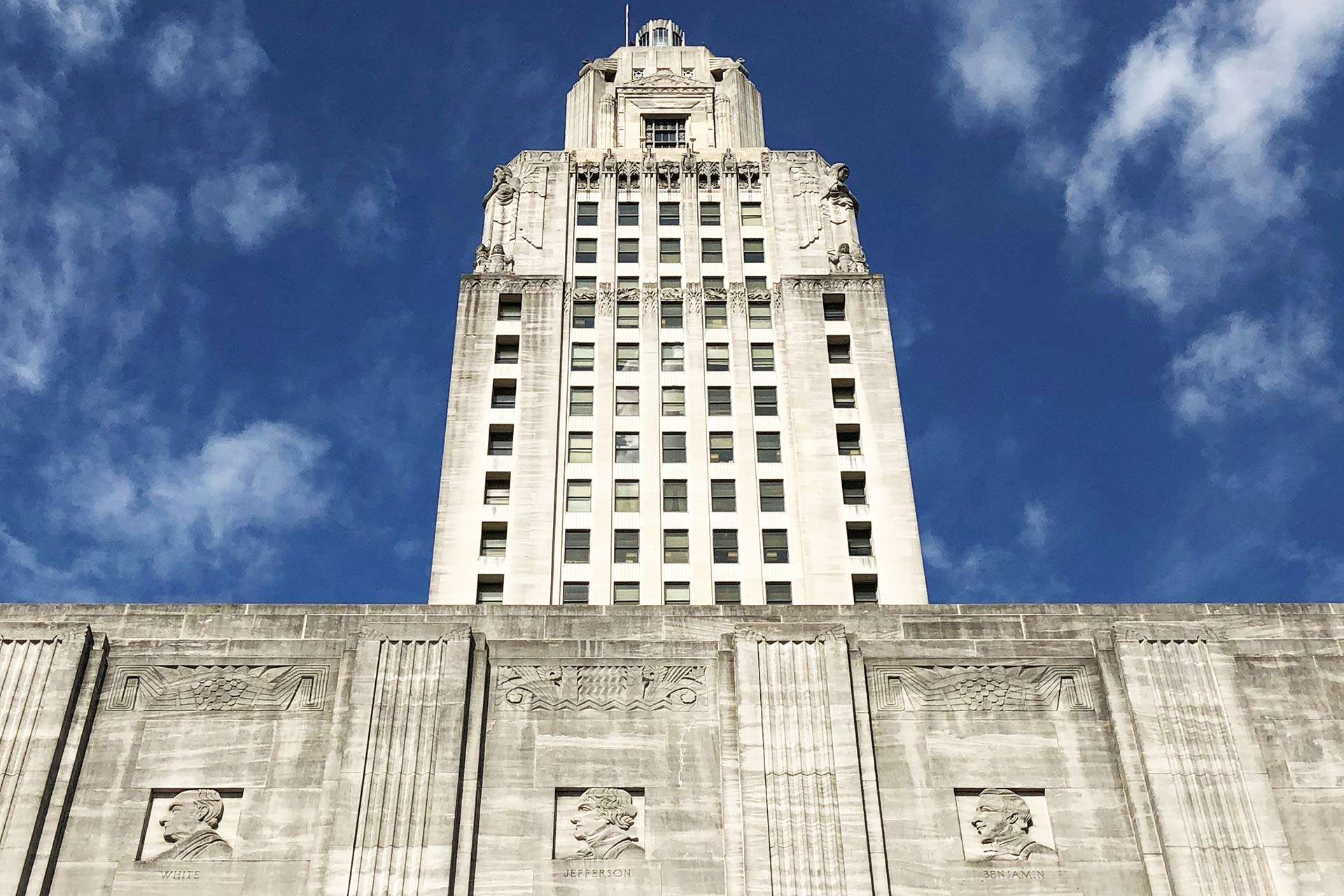
William Van Alen, the Chrysler Building’s architect, famously added a simple and stylish spire to make this great, iconic American skyscraper the world’s tallest building—a distinction the New York City building briefly held when it was first constructed. According to author Christopher Innes, in his Designing Modern America (Yale University Press, 2005):
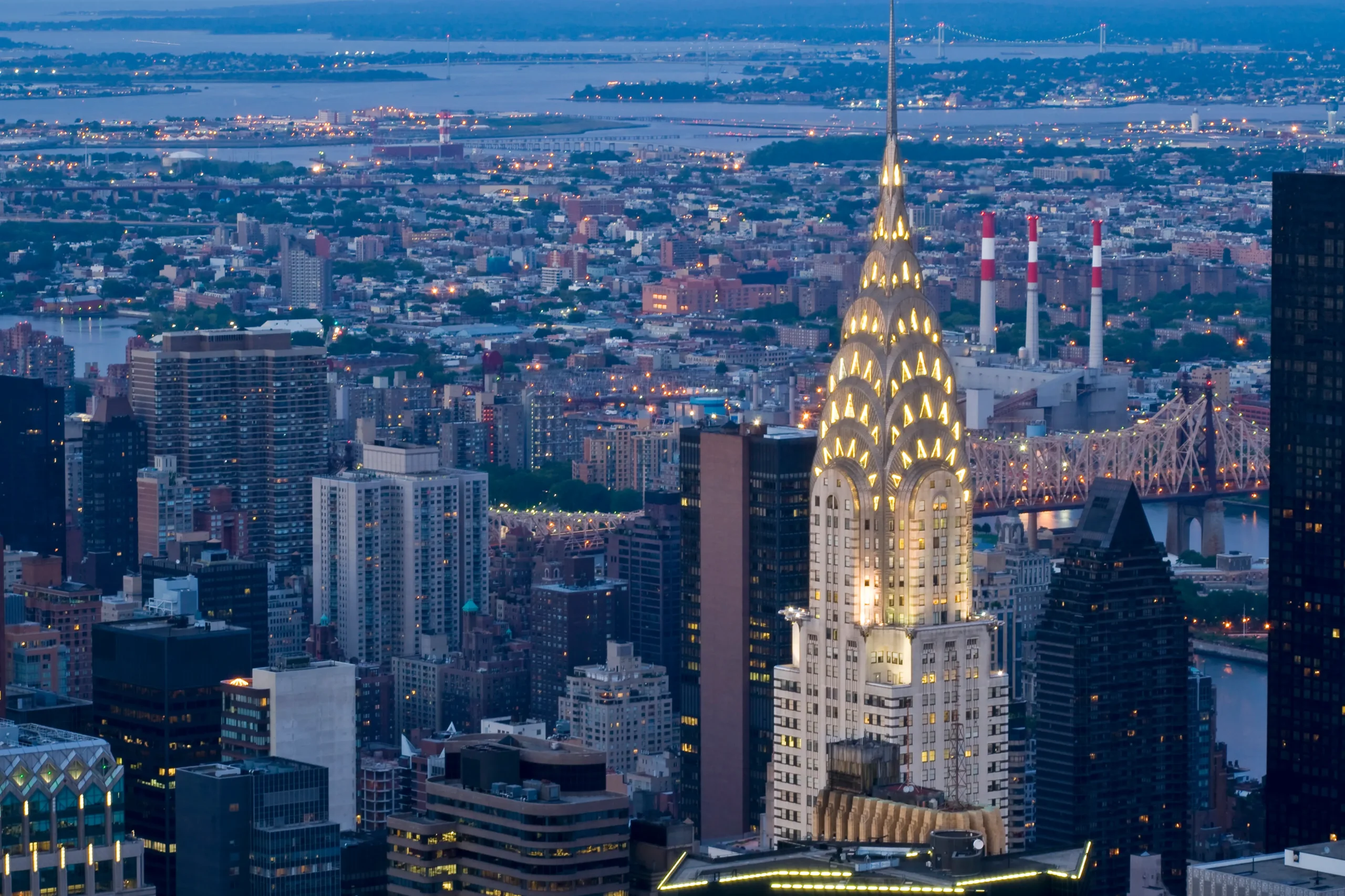
“[T]here was [a] famous competition between the bank tower at 40 Wall Street and the Chrysler Building. Even the way this [competition] was won had immense appeal. In a bravura display, Van Alen, the Chrysler architect, surreptitiously had a 185-foot spire fabricated inside the gleaming steel ellipses that apparently formed the crown. As soon as the top of the bank was finished, triumphantly outdoing its rival by just two floors, the spire (all seven tons of it) was shoved up through the peak to make Chrysler the tallest building in the world – a title it held only briefly, being overtopped by the Empire State Building less than a year later.”
The Chrysler Building, Breeze observes in American Art Deco, “includes a radiating zigzag motif on the pinnacle…a modernistic allusion to the Statue of Liberty’s crown.” The Chrysler Building’s iconic topping, she writes, was created from sheet metal “with exceptional strength and high resistance to corrosion produced by the Crucible Steel Company.”
Art Deco developed in the United States primarily thanks to theatrical designers Joseph Urban with Norman Bel Geddes, both of whom Innes observes “played a major role in forming this new and uniquely American variant on the visual definition of modernity.” Urban and Bel Geddes, who also created car designs for Chrysler, set and dominated major U.S. commercial and industrial modern design in the periods immediately before and after World War 2. While European Art Deco, following from the Art Nouveau movement, favored primitive features of Central African carvings and masks, Hollywood and theater design echoed Westernized decadence of the roaring Twenties.
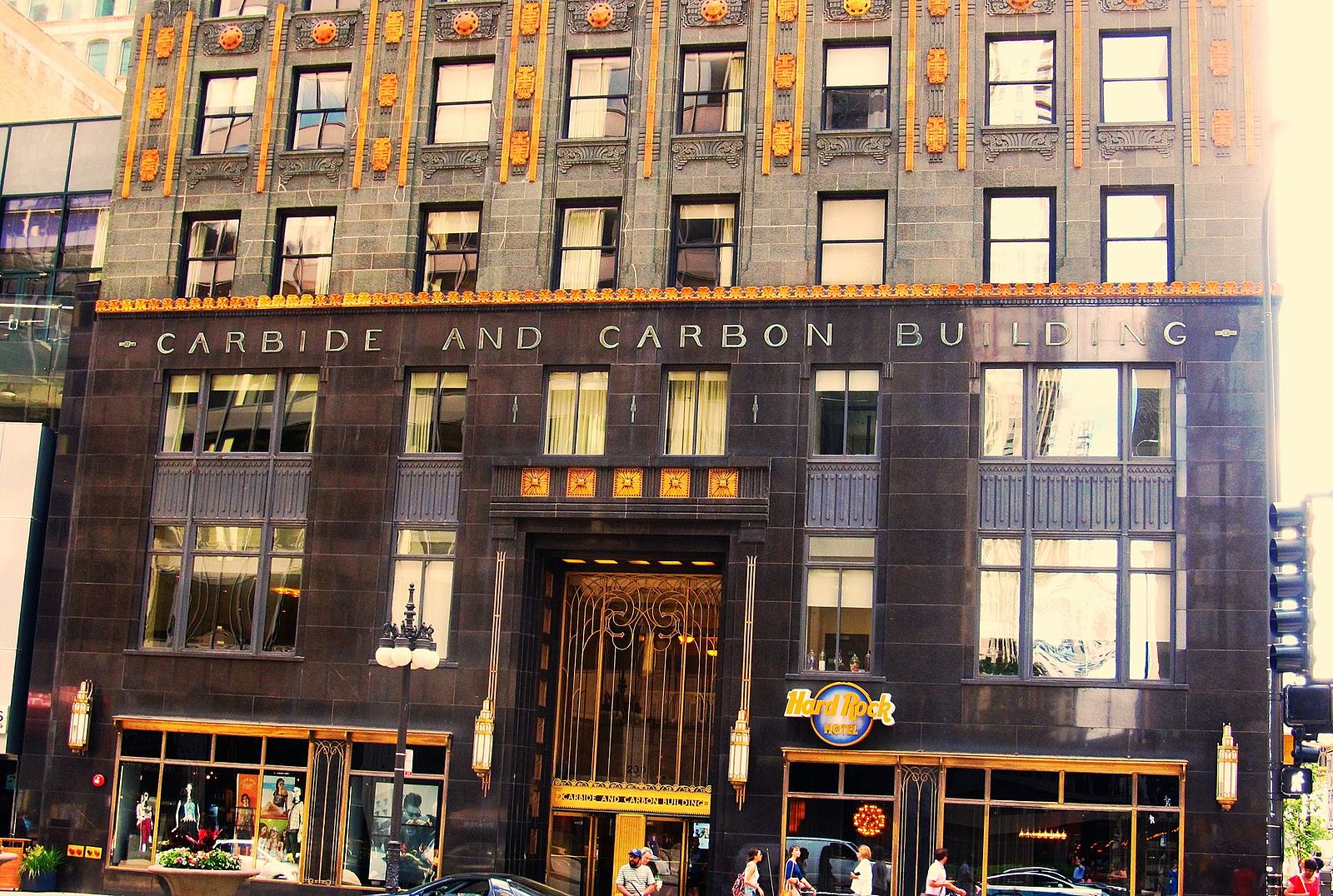
Find and read more information on Art Deco in libraries, archives, museums and design centers. This dynamic design popularized building with reinforced concrete, a departure from using classical architecture’s columns and pillars. Art Deco which first captured imaginations at the 1925 Paris Exhibition.
Art Deco architectural elements:
- Use jagged geometrical shapes
- Adopt opulence
- Unify the color scheme
- Use forms abstracted from nature, i.e., floral and plant
- Create blank but highly polished surfaces in paintings
- Apply lavish use of precious materials, such as silver, chrome
- Exaggerate curves or veneers with sharply angular patterns
- Contrast using different shapes, such as circular mirrors reflecting each other on either side of a room with a wall paneled in leather-quilted geometric squares
- Use varying textures
- Evenly execute Art Deco across complete spaces—layout, accessories and furniture, including lamps and teacups
- Use triangles and zigzag patterns
Art Deco in Lighting
Always remember to integrate the proper use of architectural lighting—which is a crucial part of Art Deco’s design history. Consider The Light — “a pageant”, Innes writes in his book, “designed by Joseph Urban for Norman Bel Geddes’ water theater. Light, in fact, was a major theme for both Urban and Bel Geddes, and another of Bel Geddes’ designs for the [World’s] fair was a Fountain of Light.
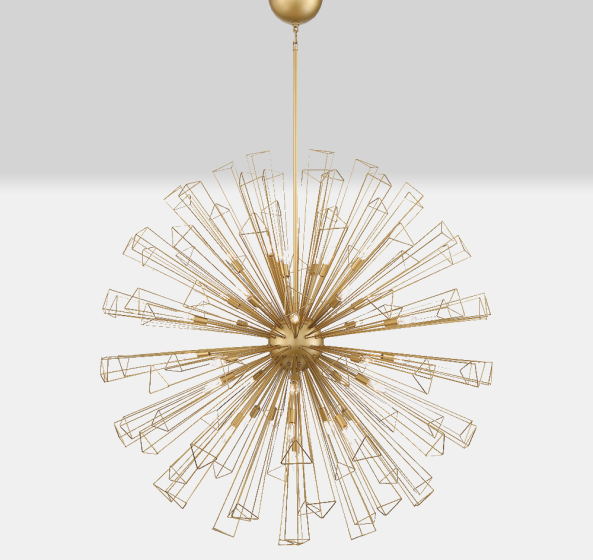
“This was a long narrow cascade of water, flowing from a towering fountain over a series of steps through the middle of a translucent dome supported solely by an invisible cushion of hydrogen in the apex. Onto its curving surface, the shadows of the people walking by the water, lit from beneath in a spectrum of colors, would be projected, “a human panorama seen from the outside,” as Bel Geddes noted on the sketches, adding, “in the beginning there was LIGHT.” The biblical phrase is a graphic illustration of his idealistic aims for using the fair as the catalyst for a new society, casting the artist as God, creating the modern world.
“This quasi-religious glorification of the artist cultural role may well seem over the top; and there is a real disproportion between such grandiose notions of social engineering and the narrowly aesthetic, primarily theatrical means supposed to achieve it here. In any case, although the vision was imaginatively compelling — Urban’s set model for The Light won a prize at the annual exhibition a the Architectural League in New York — it turned out to be unrealizable, not on technical grounds but due to global conditions far beyond the control of either Urban or Bel Geddes.”
Art Deco’s legacy endures with striking designs. For example, Miami’s newest hospital building design—bathed in natural light, made with alluring curves and aligned with geography—fully optimizes Art Deco design. The hospital’s design team, according to this article in Architect magazine, insisted on it. “[T]he design [is] based on an ocean aesthetic [and] a reverence for the deep-rooted Art Deco heritage on the island…”
Enjoy designing your space with Art Deco in mind, too.
Alcon Lighting creative director and co-founder David Hakimi works to improve lighting through research, development and education. David strives for efficiency in lighting, affording architects, lighting designers and engineers the ability to maximize LED lighting design and application. David is a graduate of the University of California, Los Angeles, where he received a Bachelors in history. David also studied lighting design at IES in Los Angeles. He traces his and Alcon Lighting’s commitment to innovation, accountability, quality and value to lessons learned from his father, Mike Hakimi, a lighting craftsman, salesman and consultant in Southern California for more than four decades. Today’s lighting for commercial use requires a deep, complete understanding of smart lighting systems and controls. David takes pride in his lighting, energy controls and design knowledge. He is driven by the desire to share his insights into lighting specification and application. This quest to share his knowledge was the impetus for David to create Insights, Alcon Lighting’s blog and resource center for helping the reader understand lighting and its application to space.

